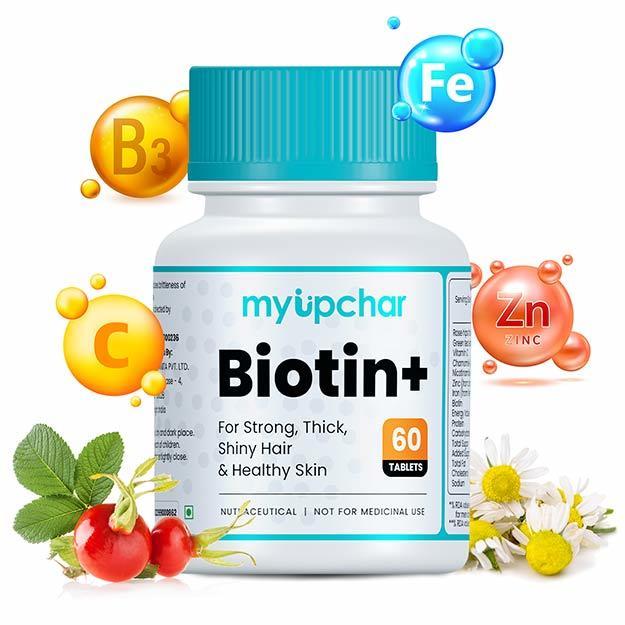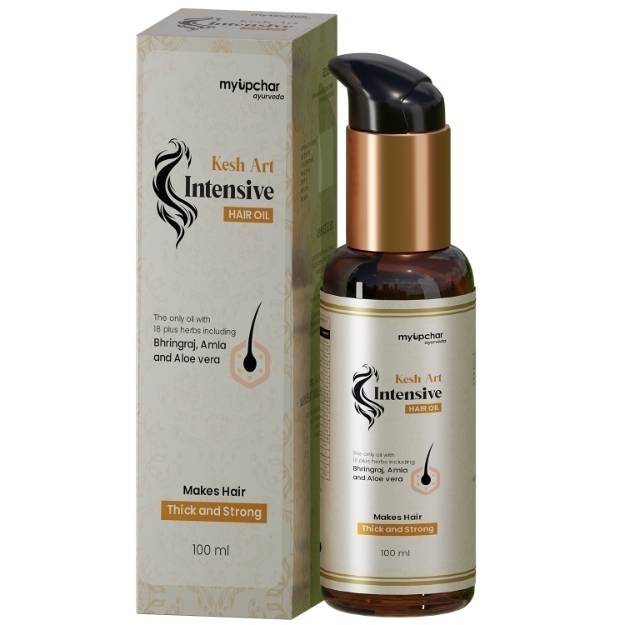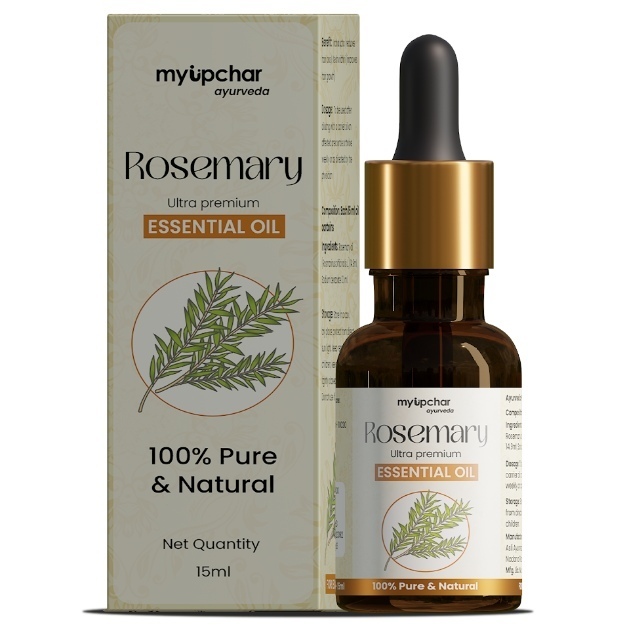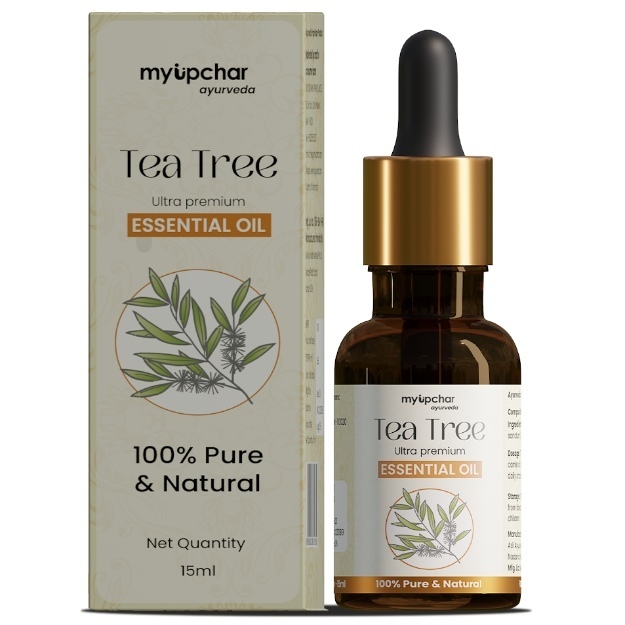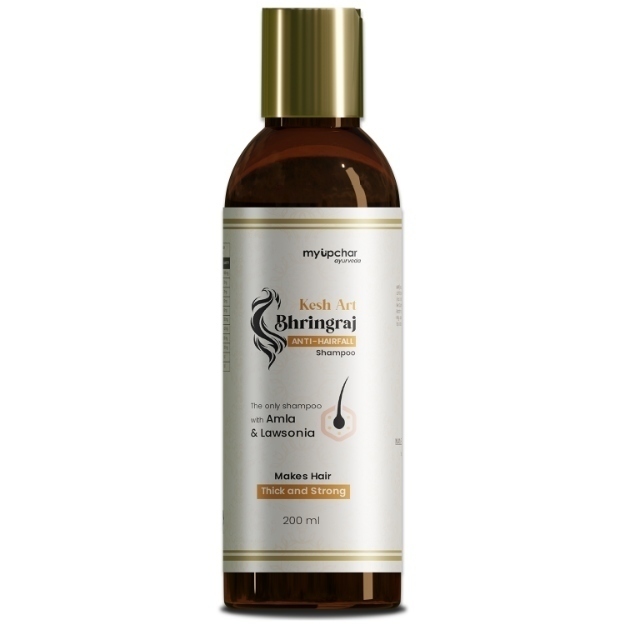The basic objective of Ayurveda is to identify the root causes of diseases and treat them so that the problem can be eradicated from the root. Hair fall, baldness, dandruff, premature graying of hair, and split ends are also such problems, which there are many reasons, and Ayurveda mentions many herbs for these problems.
After many years of research on these hair problems, myUpchar's doctors have made 100% Ayurvedic Kesh Art Bhringraj Anti Dandruff Shampoo.
9 herbs are used in Kesh Art Bhringraj Anti Dandruff Shampoo, namely - Bhringraj, Manjishtha, Hibiscus, Amla, Tulsi, Neem, Madyantika, Shikakai, and Rosemary. All these herbs are grown in the fields organically. To maintain their purity, they are extracted from the fields manually instead of using machines. This entire process takes both patience and effort. This Ayurvedic shampoo is made from an ancient scientific method and contains 0% Silicon, Paraben, Preservatives, and Mineral oil.
The 100% Ayurvedic Kesh Art Bhringraj Anti Dandruff Shampoo stands apart from other shampoos due to its unique composition. This shampoo is free from chemicals and artificial colors, which makes it gentle on the eyes and gives it a pleasant fragrance. It effectively eliminates dandruff, reduces hair fall, strengthens hair from the roots, restores natural hair color, and prevents premature graying.
Content : Bhringraj, Manjistha, Hibiscus, Amla, Tulsi, Neem, Madayantika, Shikakai, Rosemerry

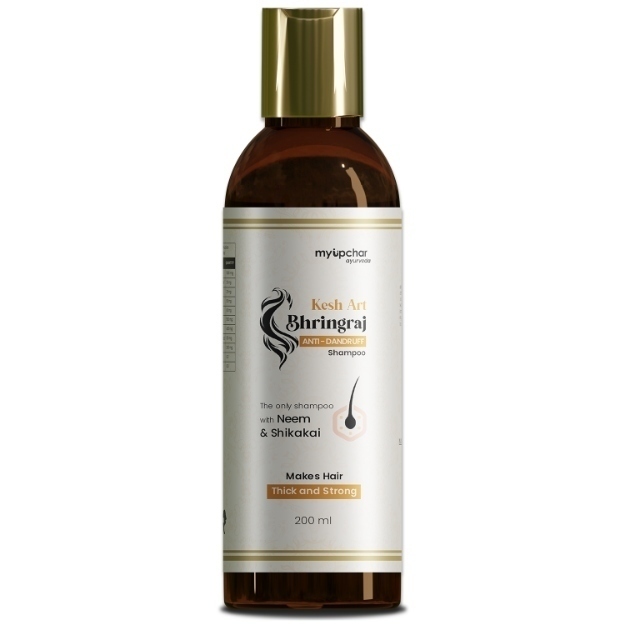

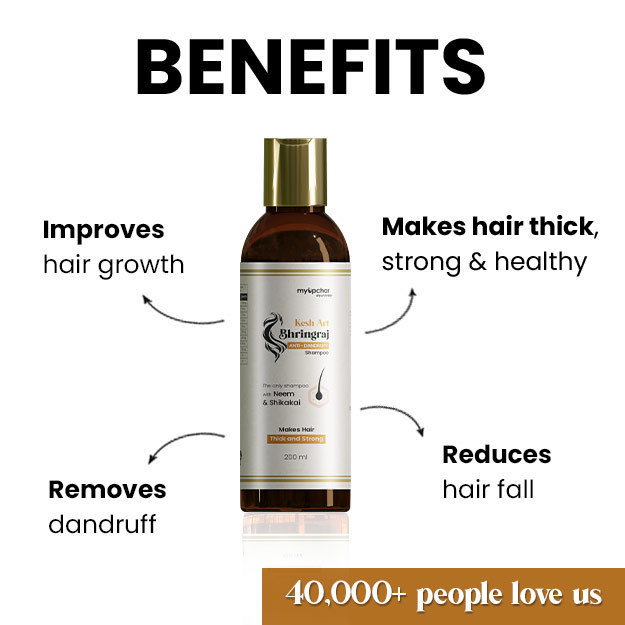
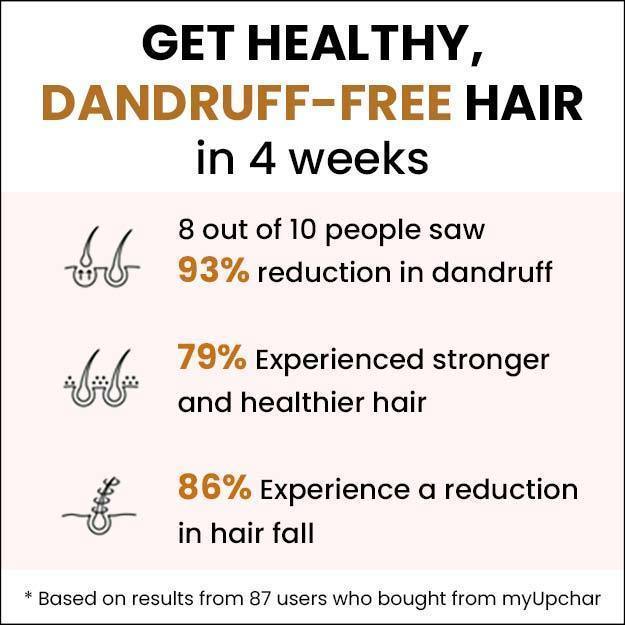
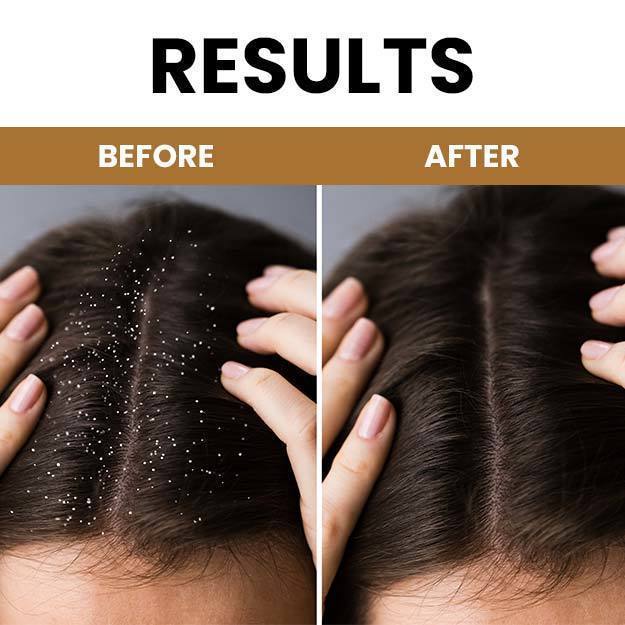
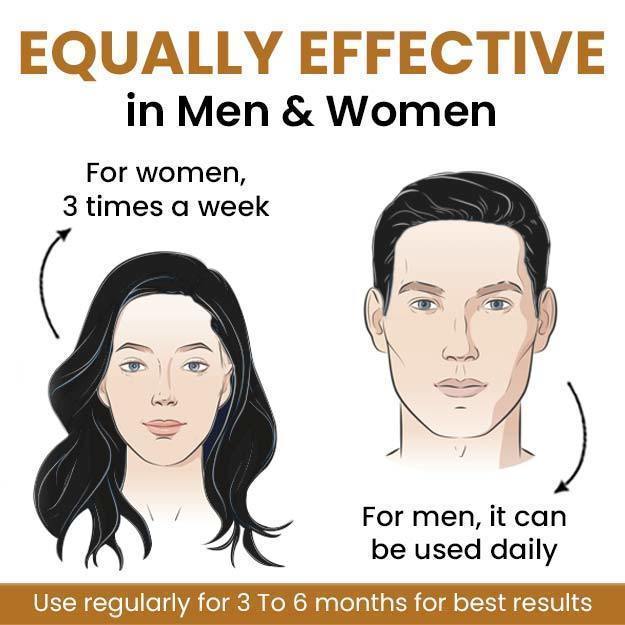
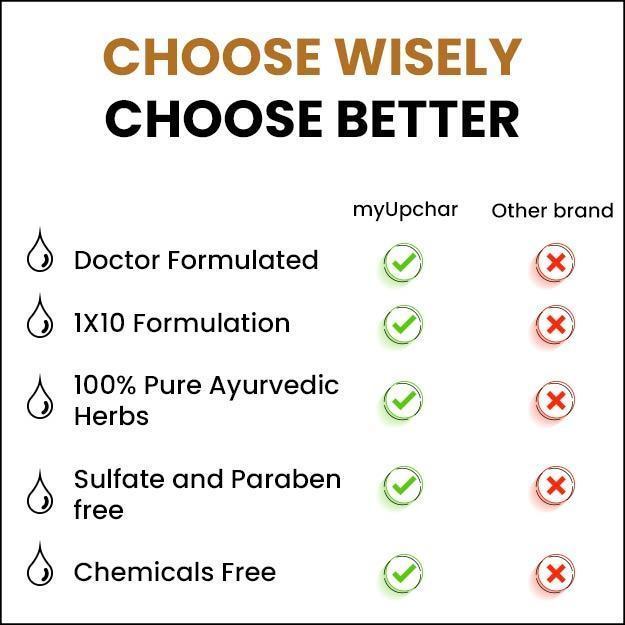

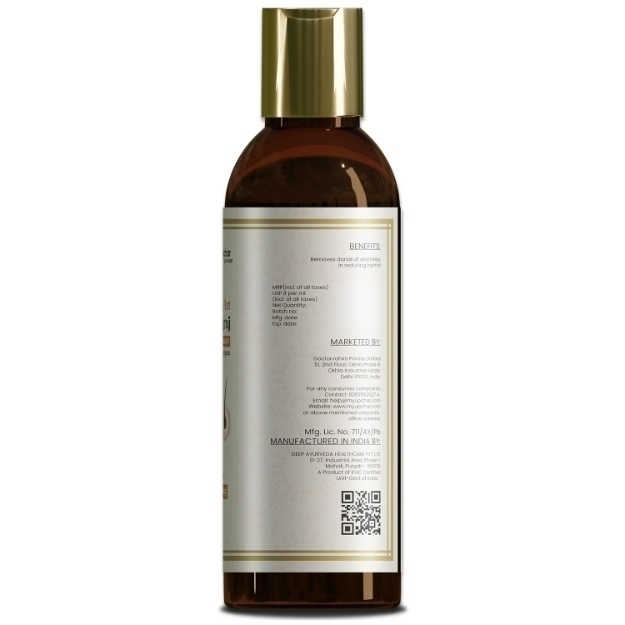
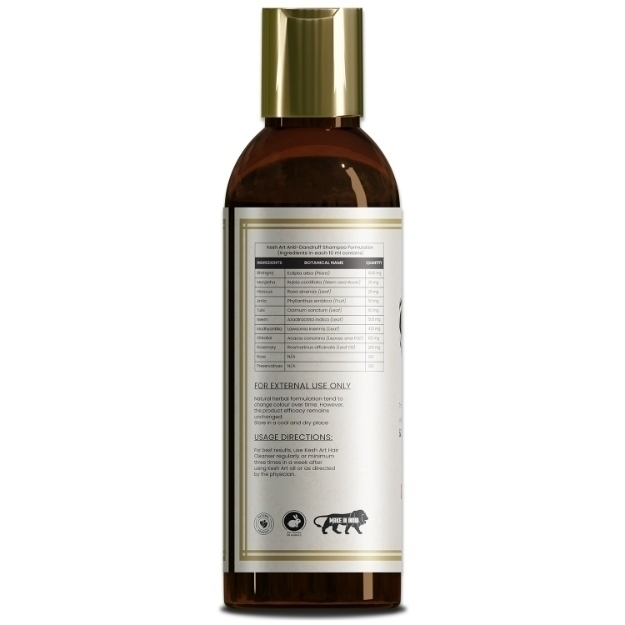
 Free shipping all over India
Free shipping all over India



















